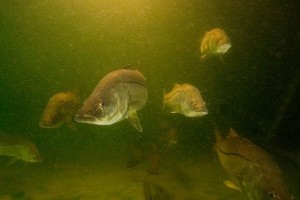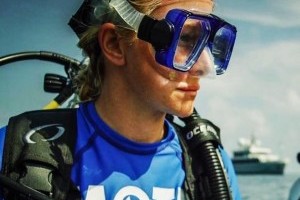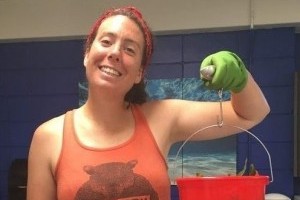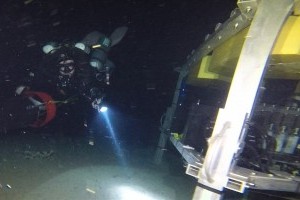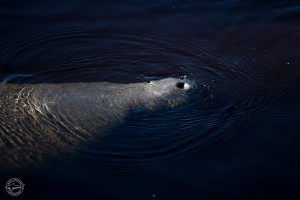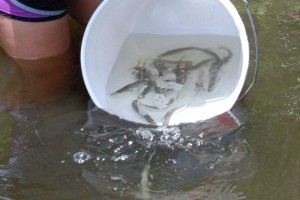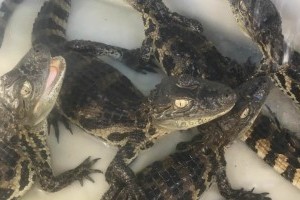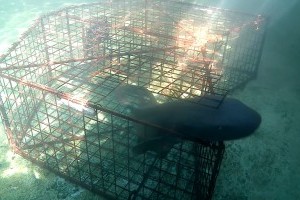After red tide, are snook showing up?
March 11, 2020Dr. Jim Locascio is studying common snook along beaches that experienced major fish kills due to Florida red tide in 2018, to help understand the status of these popular sportfish following this major challenge. Lately, that research has included an uncommon tool: a flying drone that offers a bird's-eye view of these fish in the shallows. In this episode, Dr. Locascio tells hosts Joe and Hayley how he's applying this tool and others, and he shares what he's learning about snook in the wake of red tide.

